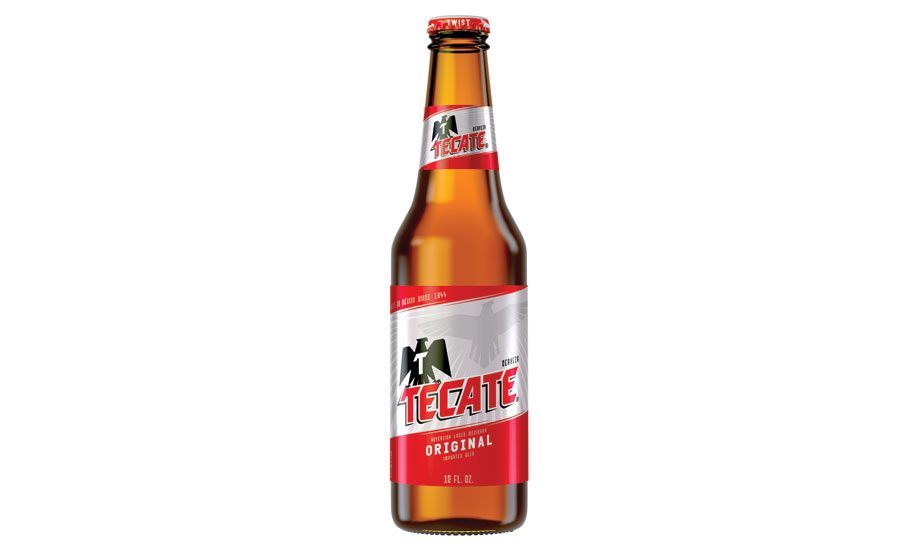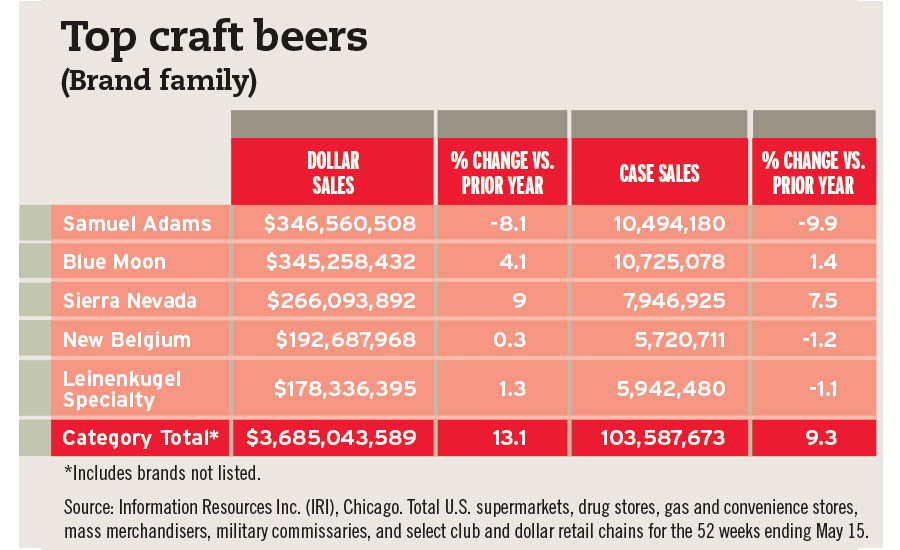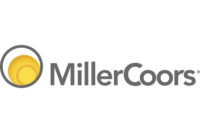Once again showing growth in dollar and volume sales, the U.S. beer market is in store for some major changes with the pending merger of Anheuser-Busch InBev (AB InBev), Leuven, Belgium, and SABMiller plc, London. Also having an impact on the market is consumers’ affinity for premium brews.
“Dollar sales of beer are expected to grow [at] a moderate 4 percent in 2015, amounting to overall gains of 21 percent since 2010,”said Beth Bloom, food and drink analyst for Chicago-based Mintel, in Beverage Industry’s March issue. “However, volume sales declined during this time, pointing at a shift toward premiumization and the rise of craft beer.
“The super-premium/premium, imported and craft segments have shown growth during the period, with higher price points contributing to dollar sales increases,” she continued. “The total number of U.S. breweries reached a record level in 2015 — pointing to growth. Mergers and acquisitions abound and AB InBev’s acquisition of SABMiller looks set to instigate significant further changes in the coming years, and Mintel forecasts the category will continue to post steady gains through 2020.”
However, the AB InBev-SABMiller merger likely will have a different impact on Chicago-based MillerCoors, the U.S. joint venture between SABMiller and Molson Coors Brewing Co., Denver. Following the merger announcement, Molson Coors announced it entered into an agreement to purchase SABMiller’s 58 percent ownership stake in MillerCoors.
Within the domestic beer market, the premium and super-premium sub-segments have seen stronger gains, while sub-premium remains in contraction. To capitalize on this trend, brewers are releasing more flavors within their super-premium portfolios.
An extension of its Redd’s Apple Ale family, MillerCoors unveiled its Limited Pick series. The special-release ales will feature three new beers — Redd’s Cranberry Ale, Redd’s Blueberry Ale and Redd’s Ginger Apple Ale — throughout 2016.
Mintel’s Bloom noted that research shows more consumers are drinking flavored beers, which could bode well for the category. Hard/alcohol sodas fall within that segment, she added.
In line with these trends, large manufacturers are entering this arena. Anheuser-Busch, St. Louis, released Best Damn Root Beer and Best Damn Apple Ale, while MillerCoors launched Henry’s Hard Sodas.
However, the imported beer segment also
is helping to strengthen the U.S. beer market. In Chicago-based Mintel’s January 2016 report “Beer – US,” U.S. volume sales of import beers was 15.5 percent in 2015, up from 13 percent in 2010.
In Beverage Industry’s March issue, Danelle Kosmal, vice president of beverage alcohol practice for New York-based Nielsen, noted that 2015 was another good year for import beers with Mexican and Belgian brands driving growth.
Kosmal added that in 2015, Mexican imports grew 15 percent in dollar volume, while Belgian imports increased 14 percent.
“For Mexican imports, it isn’t one brand that is driving growth, but rather nearly every brand within Mexican imports is growing either through distribution expansion, new marketing efforts [or] shifting consumer interest,” Kosmal explained.
Also a shining spot in the U.S. beer market is the craft beer segment. According to Chicago-based Mintel’s January 2016 report “Beer – US,” craft beer’s market share of U.S. volume sales nearly doubled from 2010 to 2015 — 5.2 percent vs. 10.2 percent, respectively.
Despite craft beer’s strong performance, analysts anticipate that the segment’s growth will begin to slow. “That slowness of growth is driven in large part by large craft brands that have achieved a national footprint,” Kosmal said.
However, the success of craft beer can vary based on your definition of the segment, Kosmal added. “If you consider the hard root beers launched in 2015 to be considered craft, then they definitely helped to contribute to craft growth,” she said. BI





